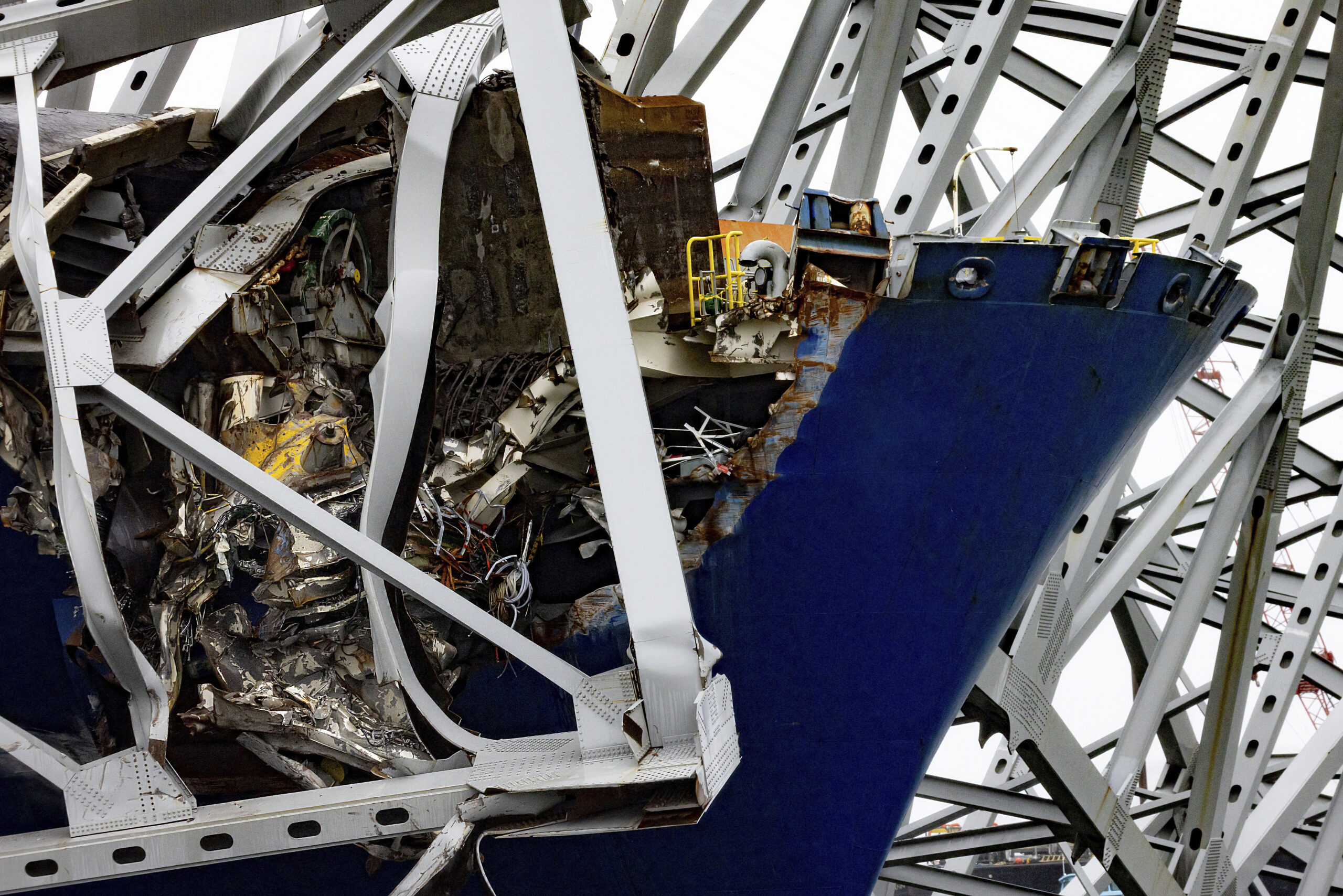More than money, government’s best help to Baltimore for bridge reconstruction is deregulation
The return on investment could be used as a selling point to Congress, but the federal government must first do no harm in replacing the Baltimore bridge. After a massive collapse of the Francis Scott Key Memorial Bridge in Baltimore, President Joe Biden promised to provide the federal government with additional taxpayer funds to rebuild the bridge. The federal government has a moral or legal obligation to assist in the reconstruction, but lacks the financial support for the project. The reconstruction could cost between $1 billion and $5 billion, a significant increase from the original cost of $316 million. The potential timeline could be up to 10 years, twice the original construction. The Federal government can also assist in environmental review and labor projects, particularly in light of the complexity of the project's construction times. The president has the power to waive environmental impact reviews and use parole authority under the Immigration and Nationality Act to admit foreign workers to fill a labor shortage.

Published : one year ago by Tiana Lowe Doescher in Politics
After a catastrophic crash by a container ship led to the collapse of the Francis Scott Key Memorial Bridge in Baltimore, President Joe Biden jumped to his favorite response: publicly promising to give away more taxpayer money to rebuild in Maryland’s largest city.
“It’s my intention that the federal government will pay for the entire cost of reconstruction in that bridge,” said the president, who has already overseen a nearly $7 trillion increase in the national debt. “I expect the Congress to support my effort.”
There is little question that the federal government does not have the moral or legal obligation to pay for the reconstruction of the bridge, which at the time was the third longest on the planet. As a part of Interstate 695, the Baltimore bridge was owned and operated by the Maryland Transportation Authority, and the passengers traveling across the bridge paid tolls to the Maryland Transportation Authority. While the federal government does spend about $50 billion each year on highways, Uncle Sam provides less than a quarter of total highway expenditures, the rest of which comes from state and local governments.
That being said, the federal government obviously has a good and selfish reason to want to assist in the bridge’s reconstruction. Given the sheer volume of global shipping that the Port of Baltimore facilitates, the total economic losses to the United States are estimated at $15 million per day. But much more than mere money, the federal government can provide an even more influential form of assistance to Maryland; it can get out of the way, crucial in the wildly overregulated arenas of environmental review and labor.
University of Chicago public policy professor Justin Marlowe predicted that rebuilding the bridge will amount to between $1 billion and $5 billion, with labor costs comprising a significant share of the price tag — a significant increase from the original cost, which was $316 million in inflation-adjusted dollars. But more egregious is the potential timeline, which Johns Hopkins University civil and systems engineering professor Benjamin W. Schafer estimates could be up to 10 years, twice that of the original construction.
Rome may not have been built in a day, but the Empire State Building was built in a year. The Willis Tower, more commonly known as the Sears Tower in Chicago, was built in fewer than three years, and the Chrysler Building in Manhattan took barely two. The ratio of construction times for buildings to bridges may not be exactly 1-to-1, but if Americans could build the Astoria-Megler Bridge in Oregon, which was even longer than Baltimore’s, in fewer than four years more than half a century ago, why should a bridge with today’s technology take quite so long and quite so much to build?
Here is indeed where the federal government can help. The National Environmental Policy Act requires the regulatory leviathan to assess new major projects like an Interstate bridge for their environmental impact, but under the NEPA, the president has the unilateral power to waive the requirement for these onerous, expensive, and time-consuming environmental impact reviews. Biden could directly and quickly help avoid the Baltimore bridge replacement from falling into the same development hell that has killed not just the infamous California bullet train to nowhere, but also a half-million electric vehicle chargers he personally ordered, not one of which has yet been constructed.
Furthermore, Biden could use parole authority under the Immigration and Nationality Act to admit foreign workers to fill the deep labor vacuum of our painfully tight domestic labor market. Rather than catching and releasing the millions of unvetted illegal immigrants, as his administration is currently doing, Biden could be specifically screening for specialized construction workers, such as underwater welders who are usually admitted to the country under H-1B visas, which are artificially capped well below labor demand.
CLICK HERE TO READ MORE FROM THE WASHINGTON EXAMINER
The executive branch can indeed provide some funding without the assistance of Congress, which should not, in fact, foot the entire bill. Recall that Biden already signed more than $1 trillion in new infrastructure spending into law with the Infrastructure Investment and Jobs Act, more than half a trillion of which is designated for spending on roads, bridges, mass transit, and water infrastructure through 2026. The Federal Highway Administration also has another $5 billion in funds from the Inflation Reduction Act that it can redirect away from the Neighborhood Access and Equity Grant Program and the low-carbon transportation materials grants.
The return on a potential investment could be used as a selling point to Congress, but before a new dime is authorized by the People’s House, the federal government must first do no harm in replacing the Baltimore bridge. That means getting bad regulations, primarily environmental reviews, out of the way and expediting the reconstruction, lest the economic losses continue to amass.
